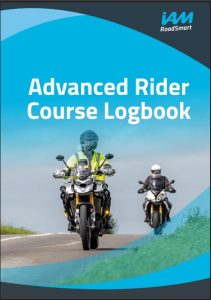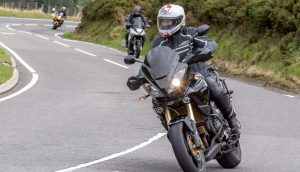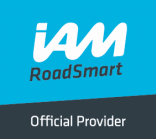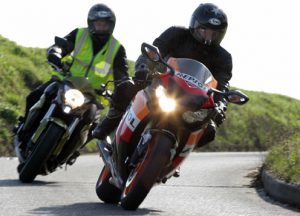
Associate Resources
This section has been designed for the WAM associates to pick up on some of the main points from the IAM RoadSmart ARC book, the information has been put together using descriptions, images and videos, all information provided relates to the IAM RoadSmart core structure of explanation and guidelines.
Click on Image to the RIGHT for
interactive ARC Logbook
Once your Observer has passed you off as “Test-Ready” – Use the link Below to Book the IAM Test
Elements and points covered are :
- HUMAN FACTORS
- IPSGA
- TUG
- 6 Competences - Framed by IPSGA
- POWDERY
- Video Resource
The Rider, Motorcycle & Journey
Information – Position – Speed – Gear – Acceleration
Take – Use – Give
Core Riding Skills – Bends – Junctions & Roundabouts – Overtaking – Motorways & Dual Carriageways – Slow riding
Petrol – Oil – Water – Damage – Electrics – Rubber – Yourself
HUMAN FACTORS
The Rider
There are a number of personal qualities or behaviours that any advanced rider must demonstrate
• To put safety first in all riding judgements
• To remain calm and considerate of others at all times
• To always maintain concentration while riding
• To manage any external influences and distractions
• To change their plans if any factor is likely to impair their performance or decision making
• To consistently evaluate their own performance, with a view to retaining and developing their skills
• To apply newfound knowledge in order to improve their riding performance
The Motorcycle
There are certain key actions that any advanced rider must take in relation to their motorcycle
• To conduct pre-ride checks correctly and ensure that motorcycle maintenance is up to date
• To know the performance and safety features of their motorcycle – and have the ability to explain them
• To understand the purpose of and conclusions from a moving brake test
• To recognise the issues when riding an unfamiliar machine
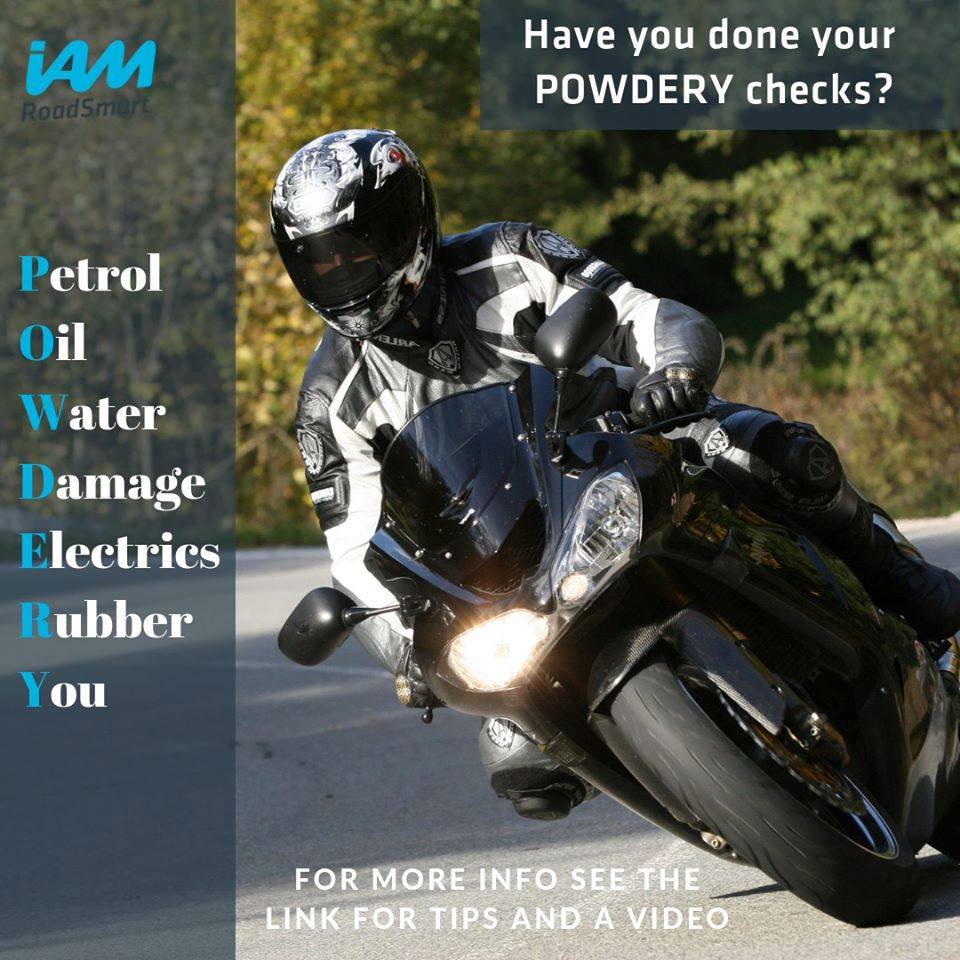
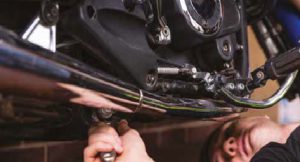
The Journey
There are certain important factors that advanced riders must be aware of in relation to their journey
• That the purpose of their journey and the time available may influence their riding and their decision-making
• That route choice and planning will influence the way they ride
The Wider World
Motorcycling doesn’t happen in a vacuum; it is part of life. Advanced riders should therefore be aware of the possible impact other lifestyle factors may have on their riding. In particular, they should
• Consider the range of influences that may impact on their riding
• Understand how attitude to risk may affect riding choices lead to inappropriate risk taking
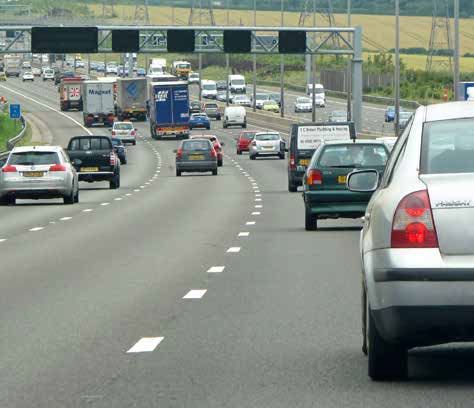
IPSGA – Information, Position, Speed, Gear and Acceleration
The system at the core of Advanced Riding The purpose of IPSGA is to promote safety and prevent collisions by encouraging riders to adopt a systematic approach to any hazard. In this case, a hazard is “anything which contains an element of actual or potential danger”
With the exception of ‘Human Factors’, IPSGA runs like a spine through the entire advanced riding course. It promotes careful Observation, sensible Anticipation and accurate Planning (OAP), good communication with other road users and the smooth application of a machine’s controls. A riding plan is made on a combination of what can be seen, what cannot be seen and the circumstances that can reasonably be expected to develop. These are qualities that any advanced rider should be able to demonstrate
In Summary:
On approach to any hazard, each stage of IPSGA should be considered in sequence. As circumstances change and new information becomes available, the system can be revisited at the appropriate stage

Information
Gather and process relevant information in order to make accurate decisions about riding. Communication is also important as clearly conveying intentions allows for road space to be shared more effectively with other users. This stage is key, as it informs all other stages
Position
Position machine appropriately in all traffic situations
Speed
Travel at the appropriate speed in all traffic situations
Gear
Select the appropriate gear for the chosen speed in all traffic situations
Acceleration
Apply the appropriate degree of acceleration to leave any hazard safely
Information
There are three aspects to effectively gathering information and communicating well with other road users.
TAKE – Information
USE – Information
GIVE – Information
TAKE information
Advanced riders should:
• Look all around, scanning to the front and sides of their machine
• Consistently use their mirrors and check for potential blind spots
• Look for information given by other road users
• Gather visual information from a number of sources
• Make good use of other senses
USE information
Advanced riders should:
• Use observation links to anticipate how their riding may be affected
• Make observational links to anticipate how their riding might be affected
• By identifying seemingly normal items such as bins at the roadside or a church steeple in the distance we can adjust our riding plan for possible problems
• Prioritise hazards to stay safe
GIVE Information
Advanced riders should:
• Always consider safety first
• Be aware of potential hazards on both sides of their machine
• Assess their speed when moving to the nearside or the offside
• Be particularly aware of cyclists and other motorcyclists when adopting their position
• Position themselves at least two seconds behind any vehicle they are following
• Take up the appropriate position for turning, depending on the size of their machine, the road width and layout, and other traffic
6 Competencies – Framed by IPSGA
Core Riding skills
Bends
Junctions & Roundabouts
Overtaking
Motorways & Dual Carriageways
Slow Riding
CORE RIDING SKILLS
Core riding skills are those required to take use and give information effectively and
to operate a motorcycle’s controls with a degree of finesse. For example, the ability
to change gear in a smooth and timely fashion, to steer accurately and to accelerate
with due consideration
The overall impression should be of a careful and competent rider who is relaxed well
informed and in control
BENDS
Safely negotiating bends requires an awareness of the road ahead, for example, to ensure
there is sufficient space to stop within the distance that is seen to be clear on your own side
of the road.
By using limit points and looking across the bend for hazards, advanced riders can enhance
their vision. Whilst crucial, this must be balanced with other factors such as an awareness
of the physical limits of grip when turning.
JUCTIONS & ROUNDABOUTS
Roundabouts are generally a complicated form of a junction. The principles for dealing with
both are generally the same. Early vision and accurate information are what allow you to
make your plan to stop or proceed with safety
When approaching a roundabout, the aim is to keep the motorcycle moving as long as it is
safe to do so; an aim summed up in the phrase “planning to stop but looking for information
to go”.
OVERTAKING
At times, even a perfectly executed overtake within the speed limit can be seen as
‘dangerous’ by another party. In fact, overtaking is the area where riders are most likely to come into conflict with another road user; either the driver of the vehicle being overtaken or the driver of another vehicle that witnesses in the manoeuvre. Ask yourself whether any overtake you are about to attempt is really necessary and worthwhile. What’s the point in exposing yourself to unnecessary danger to jump one or two places in a queue of traffic?
Advanced riders must therefore be keenly aware of their actions – and how others perceive them.
MOTORWAYS & DUAL CARRIAGEWAYS
Despite faster riding speeds, motorways are statistically the safest roads we travel on
Dual carriageways however, have the potential to be less safe, as they have the same speed
limits as motorways without the same regulations. For example, cyclists, learners, pedestrians
and other vulnerable road users – even horses – can all use Dual Carriageways. This, combined
with less user-friendly entry and exit points, increases the potential for an accident or near
miss
It is therefore vital for advanced riders to recognise the differences between motorways
and dual carriageways and to have a finely tuned awareness of the likely hazards – and how quickly they can develop
SLOW RIDING
It is expected that an advanced rider will be able to control their machine with a degree of
finesse in all circumstances
The DVSA part one test now ensures that riders new to motorcycling are able to perform
certain slow riding task to a satisfactory degree
Advanced riders must be able to demonstrate competence and proficiency across a number of tasks, outlined in the next few pages

